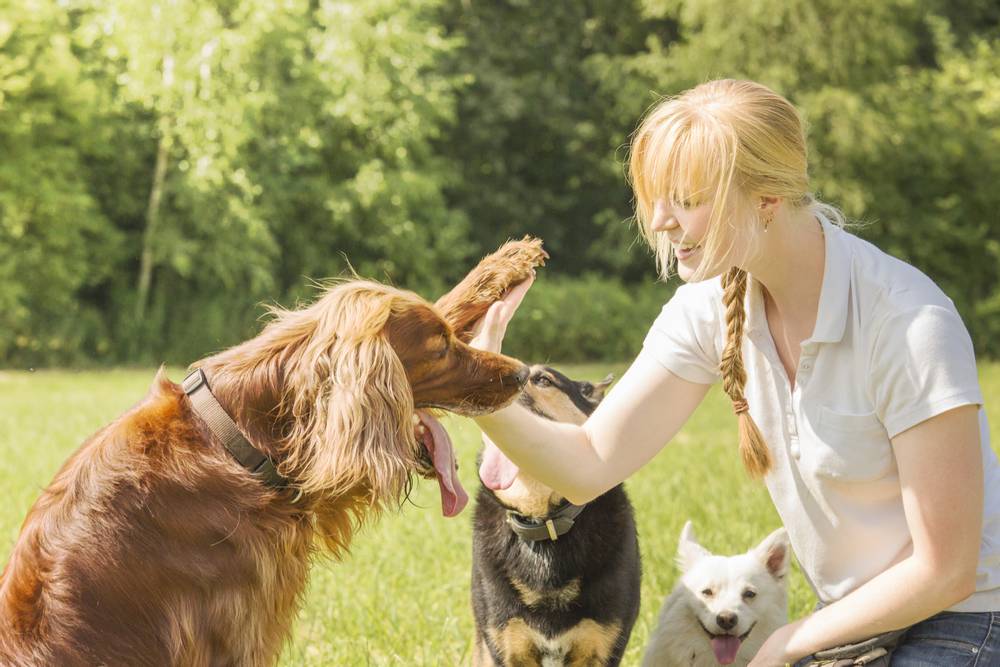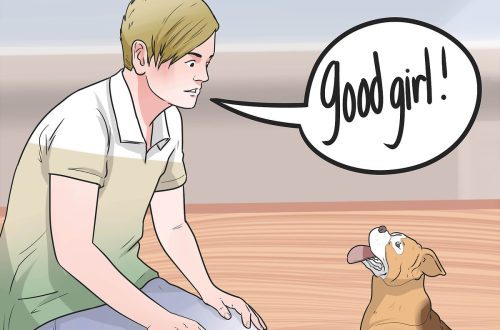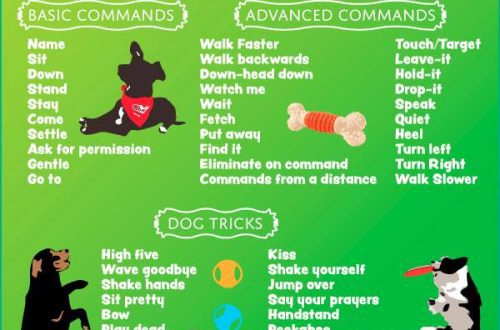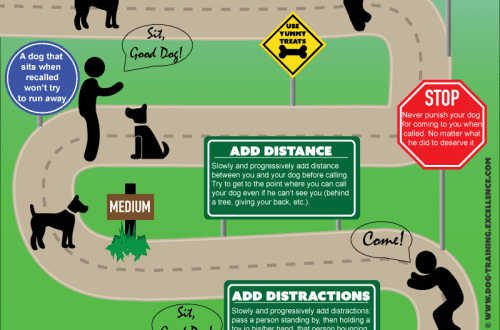
What is obedience?

Obedience is an international obedience standard, the most complex of all presented today. A dog trained under the obedience program can calmly walk next to the owner, bring objects, and strictly follow commands even with distractions and at a distance. How, in this case, does this standard differ from the general course of training (OKD)?
Contents
A bit of history
For the first time, such a sport with a dog as obedience, and this is how the word “obedience” is translated from English (obedience) originated in England. Back in 1924, many animals underwent a special training course, reminiscent of the Russian OKD. Gradually, this course began to gain popularity, and in 1950 the first national competitions were held in the UK. And in 1990, the Obidiens World Championship was held for the first time.
Unlike OKD, which is common and used in Russia, obedience is an international system, according to which world-class competitions are regularly held. In addition, obedience can be distinguished by a high level of complexity of exercises and the severity of refereeing.
Three classes of obedience:
Obedience-1 Primary class, the easiest standard. Dogs over the age of 10 months can take part in competitions. In Russia, pets over the age of 8 months are allowed.
Obedience-2 A more advanced level of exercise, dogs over the age of 10 months are allowed.
Obedience-3 International level. The most difficult exercises, the age of dogs is from 15 months.
To move to the next level, the dog must show “excellent” in the aggregate of all marks in the previous class.
Obedience rules
Participants in competitions in this sport can be not only thoroughbred, but also outbred dogs. The standard consists of working out 10 exercises:
Sitting in a group
Several dogs are involved. Guides or, as they are also called, handlers (athletes performing with dogs) give the “Sit” command. After that, they go out of sight of the animals. The pet must withstand two minutes without movement.
Lying in a group with distraction
The dogs are in a group in the same way as in the first exercise. The guides command “Down” and go out of their field of vision. Animals must lie like this for four minutes, despite the fact that at this time they are trying to distract them. At the end of the time, the handlers stop behind the pets and call them one by one.
Free walking around
The purpose of the exercise is to check how the competitor performs the “Close” command. The handler moves by changing pace from slow walking to running, periodically turning and stopping. The dog should always follow him, not ahead, but not behind.
Execution of three commands from the movement – “Lie down”, “Sit” and “Stand”
The dog moves next to the handler in a 10m x 10m square. Without stopping, the handler commands “Sit”, after which the dog must sit down and wait for him to come up to him again and give the command “Next”. Then they move on again together. By the same principle, the knowledge and execution of the commands “Lie down” and “Stand” are checked.
Recall with stop and stack
The handler moves away from the dog by 25 m and then calls it, stopping it on the way with the commands “Sit” and “Lie down”.
Send in a certain direction, stack and call
The dog is ordered to run back 10 meters and lie down in a circle with a diameter of 2 meters. After that, on command, the dog runs out of the circle and runs 25 meters towards another figure – a square 3m x 3m. At the command of the conductor, she stops inside the square. The handler walks towards the dog, but does not reach it and turns left or right as directed by the judges. The pet must remain in the square. After that, the conductor calls him with the “Next” command.
Fetching in a certain direction
The dog runs 10 meters ahead, then the handler gives the command and the dog stops in a circle. After a few seconds, the handler sends it out of the circle and gives the command “Aport” – the dog goes for one of the dumbbells that lie to the right and left of it. The direction depends on the instructions of the judges.
Bringing a metal object
The handler throws a metal dumbbell over the fence and then asks the dog to jump over the obstacle and retrieve the object.
Sample
From several objects, the dog in 30 seconds must choose and bring the object that has the smell of its handler.
remote control
The handler gives commands to the dog, being at a distance of 15 m from it.
When performing exercises, judges evaluate not only the speed and accuracy of actions, but, most importantly, the emotional state of the animal. The competition rules state that the dog must be happy and willing to follow commands.
Who needs obedience?
Along with other courses, obedience is a useful obedience training that will help you not only understand your dog better, but also train him. If you do not plan to participate in exhibitions and championships, there is no need to go through obedience, you can choose a course that is more suitable for your pet: for example, agility or guard duty.
How to choose a coach?
It is important to say that, unlike OKD, there are no group obedience classes. If you want to take this course, it is worth looking for a trainer for individual lessons. When choosing an instructor, it is important not only to rely on the reviews of friends, but also to see his work. To do this, it will be useful to visit obedience competitions and see the professionals “in action”.
December 26 2017
Updated: October 5, 2018





